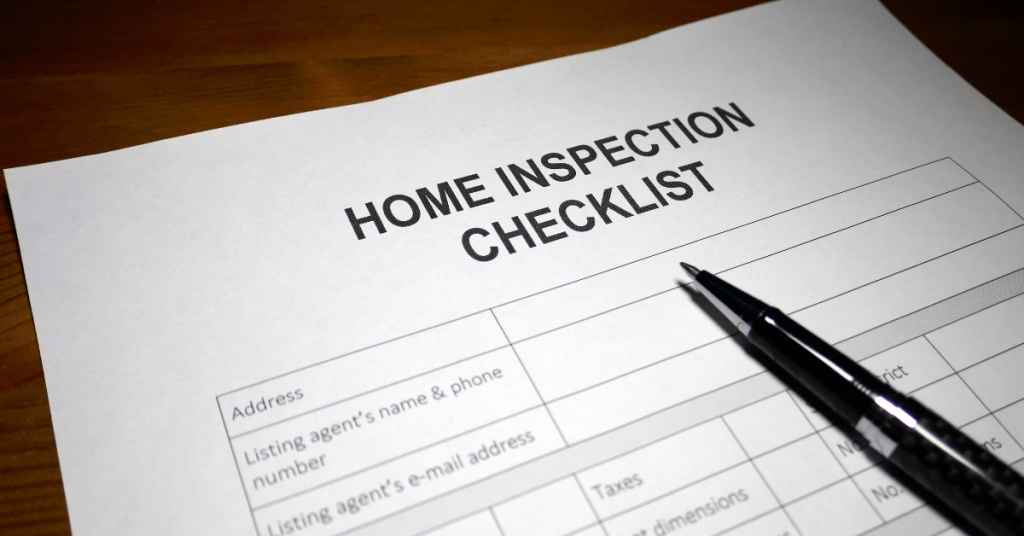Picture this – you’ve found that dream home, nestled in the perfect neighborhood, embodying everything you’ve ever wished for. Before completing the deal with the lender, it is highly advised to review the VA home inspection checklist. From my extensive research, the list remains a mystery for many veterans and military service members, creating an unnerving cloud of uncertainty.
Although the checklist may not be mandatory, it’s an essential component of home inspection that can help you secure a loan for your dream home. But what is this list all about, and why is it recommended? Read on as we unravel the mystique around the assessment checklist.
What is VA Home Loan Program?
A VA loan is an exclusive benefit that veterans and other qualified applicants can tap into towards owning a home. However, you must meet specific VA loan eligibility requirements to access this benefit.
Private lenders, such as banks and mortgage companies, provide these loans, yet the Department of Veterans Affairs backs them. The peak of its importance comes from the fact that it mitigates the financial constraints of acquiring a home.
To start your homeownership journey on the right foot, it’s essential to understand that lenders will examine your financial situation through a VA home loan prequalification process. This step helps estimate the loan amount you may obtain and assess your service and credit eligibility.
What is VA Home Inspection?
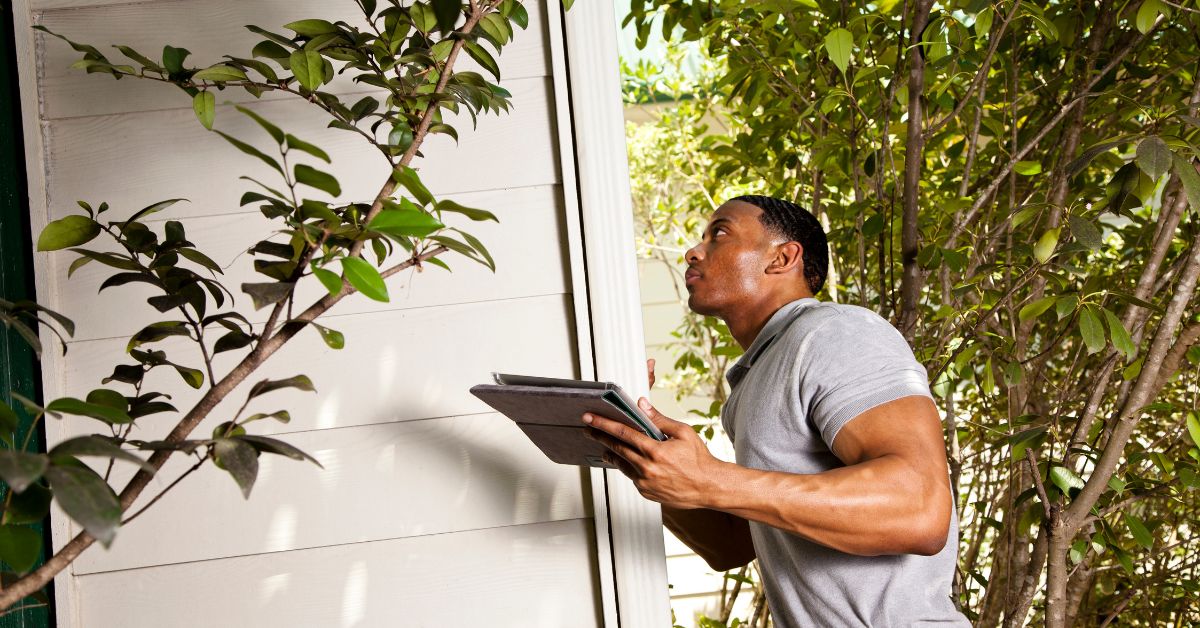
This process refers to a detailed examination of a property’s physical state and safety that a Veteran or active service member is considering purchasing with a VA loan. A professional inspector uses a specific process to ensure the home is in proper condition. It’s a critical process for a loan, whether for a purchase or cash-out refinance.
Does VA Loan Require a Home Inspection?
While a VA home inspection isn’t mandatory, it is recommended by lenders and is considered a prudent step to enhance protection.
Homebuyers often want to know more about the property they intend to purchase. To meet this need, buyers may opt for a separate home inspection, which usually provides a more detailed assessment of the property’s condition.
Uncovering Areas of Concern
Expertly conducted by a licensed home inspector, this separate home inspection can provide a comprehensive report of all the minor and significant potential issues that may not be part of the VA appraisal. It’s often wise for a to-be homeowner to have their own home inspection conducted before the VA orders its appraisal.
This way, you can uncover any areas of concern that need to be addressed, helping you make an informed buying decision, negotiate repairs with the seller, or even walk away from the deal if necessary.
VA Home Inspection Checklist
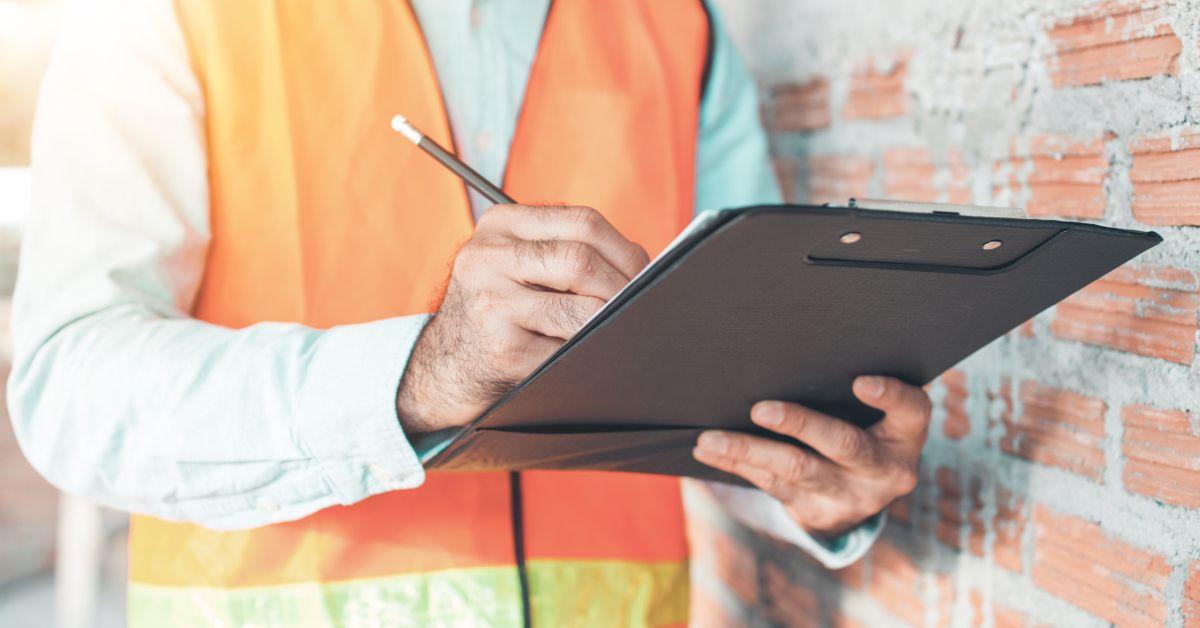
A comprehensive home inspection usually encompasses an evaluation of the property’s structure, an assessment of its exterior condition, an examination of the plumbing system, a check of various home systems, an investigation of the roof requirements, an analysis of the electrical system, and an inspection of the appliances.
Here’s a comprehensive overview of the items typically included in this assessment:
- Review of the Home’s Structure: This involves inspecting the property’s foundational elements, including ceilings, floors, and walls, to ensure they’re sturdy and free from significant damage.
- Assessment of the Home’s Exterior: The inspector checks items such as siding, paint, doors, windows, and attached structures like porches, decks, and balconies.
- Examination of the Plumbing System: All water supply and waste drainage systems are inspected, ensuring smooth function and no potential leaks.
- Check of Home Systems: This includes HVAC systems, heating & cooling functionality, chimney flue, and fireplaces if present, as well as water heaters and septic systems where applicable.
- Investigation of the Roof and Attic: The inspector ensures the roof is watertight and has a reasonable future utility. The attic should also be well-ventilated and insulated.
- Analysis of the Electrical System: The electrical system, including wiring, circuit breakers, and switches, must be safe and in good working condition.
- Inspection of Appliances: Built-in home appliances such as dishwashers, ranges, microwaves, and garbage disposals are turned on and checked for proper operation.
Inspectors use this comprehensive checklist as a guide for the home inspection process, providing a detailed review to assist buyers in making informed decisions.
Guidance on Selecting the Appropriate Home Inspector
Choosing the right home inspector is vital in your home-buying journey. Here are several tips to help you make an informed decision:
- Local Inspectors: Start by researching inspectors in your area. Local experts are more likely to understand specific problems associated with properties in your region. Understand what they are charging. Compare prices to find out who offers valuable services within your budget.
- Online Shopping: Don’t be afraid to shop online. Many professionals advertise their services online, allowing you to compare different options.
- Certification/Membership: Check for certification or membership in professional organizations. Look for affiliation with esteemed inspection entities such as the American Society of Home Inspectors (ASHI) or the National Association of Home Inspectors (NAHI).
- Experience: An experienced inspector will likely provide a more comprehensive and accurate inspection. Ask them about their experience in the industry.
- Sample Report: Request a sample report to understand what to expect from the inspection. The report should be thorough, easy to understand, and include photos for reference.
Considering these factors, you’re more likely to find a reliable and experienced home inspector who can confidently help you navigate the home-buying process.
Benefits of a Home Inspection in VA Loan Acquisition
A home inspection is an essential component of the VA loan process, despite not being mandatory. Here are some key benefits of a home evaluation:
- Detects Potential Issues: By revealing problems such as structural defects, safety hazards, and poor maintenance, an assessment helps you avoid expensive and inconvenient issues in the future.
- Negotiation Leverage: If the assessment reveals defects, you can negotiate with the seller to fix the issues or lower the home’s price.
- Informed Decision Making: An evaluation can help decide whether to proceed with the purchase or look for a different property.
- Predict Future Costs: Understanding the home’s condition can help anticipate potential repair or renovation expenses.
- Insurance: Certain insurance companies require a home inspection before insuring your home.
- Peace of Mind: An inspection gives confidence in your investment, knowing you’re making a well-informed decision and the property is worth every penny.
Overall, a home inspection is a valuable step that enables buyers to make the right decisions and ensures they invest in a home that meets their needs and is in good condition.
Cost-Benefit Analysis of a Home Inspection

On average, a home assessment typically involves various considerations. These may include additional requirements like termite, radon testing, or mold assessment, which can contribute to the overall expense. When assessing the cost-effectiveness of getting a home inspection, several factors come into play:
- Geographic Location: Home inspection costs vary by region, with specific locales having higher average rates.
- Home Size and Age: Larger and older homes often require a more extensive inspection, which can increase the cost.
- Flat Rate: Many inspectors offer a flat fee, providing a straightforward cost estimate.
- Unusual Features: If the property has unconventional characteristics that require a more detailed inspection, this can inflate the inspection cost.
- Travel Distance: Inspectors may charge an additional travel fee if the property is far from their home base.
Despite these costs, remember that the benefits of a home inspection, like peace of mind and early problem detection, often outweigh the financial investment. A VA assessment is the best insurance against buying a home with problems.\
What is VA Appraisal?
VA appraisal involves obtaining a VA home loan to evaluate the home’s fair market value and ensure it meets the VA loan minimum property requirements (MPRs). If the home fails to meet these requirements, it may require repairs for loan approval. Although VA doesn’t necessarily need a home inspection, it’s highly recommended.
However, it’s essential to distinguish a VA home appraisal from a VA home inspection. Here’s a table showing the difference:
| Home Inspection | VA Appraisal | |
|---|---|---|
| Main Focus | Examining the physical property for potential defects | Evaluating the home’s market value |
| Who Pays? | Typically, the home buyer | Typically, the buyer |
| Performed by | A professional home inspector | A VA-approved appraiser |
| Required by VA? | No | Yes |
The VA Appraisal Process
Here’s the VA Appraisal step-by-step process:
- Request an Appraisal: The lender submits a request through the VA’s online portal upon receipt of the buyer’s accepted offer.
- Appointment Scheduling: The VA assigns an approved appraiser, who coordinates with the seller or agent to schedule a property visit.
- Property Visit: The appraiser visits the property to examine its condition and take measurements and photos of the interior and exterior.
- Market Research: The appraiser studies recent sales data of similar homes in the area to determine the fair market value.
- Report Compilation: The appraiser compiles an appraisal report that includes details of the home and the appraiser’s determination of its fair market value.
- Review and Decision: The lender reviews the appraisal report. If the appraised value meets or exceeds the agreed purchase price, and the property meets all VA and lender guidelines, the loan process proceeds. If not, the buyer and seller may need to renegotiate or remediate property issues.
Overall, the VA appraisal process protects the buyer from paying more than a home’s worth and ensures that the home is safe, sound, and sanitary.
VA Appraisal Checklist
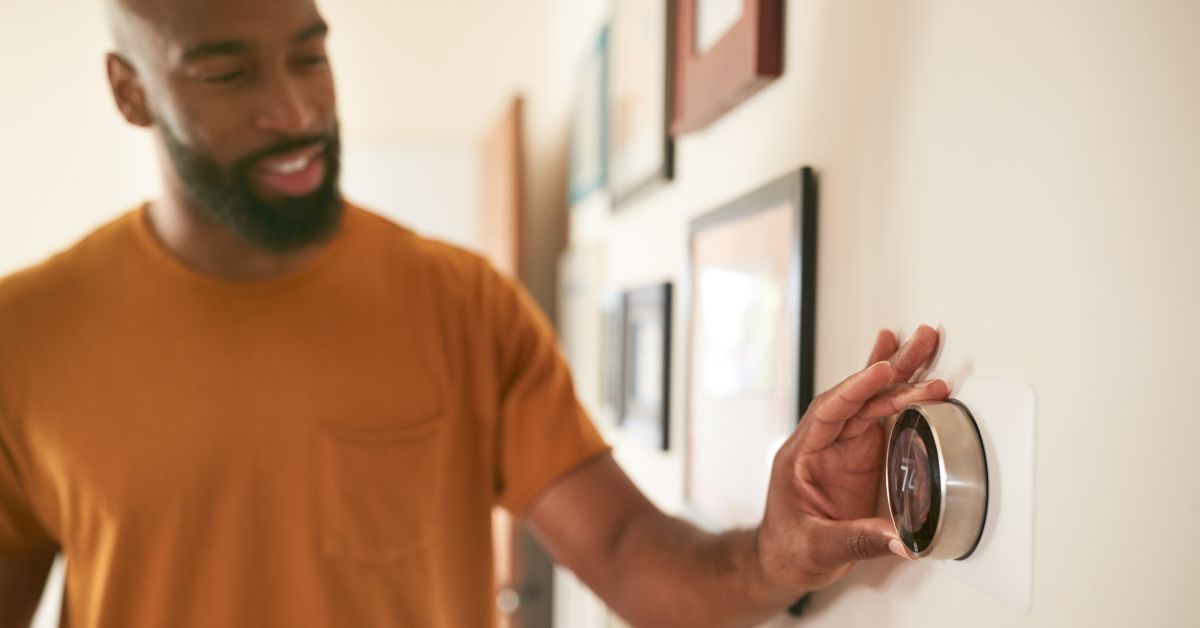
The checklist directs an appraiser on what to examine in a property during the appraisal process. Here’s what’s typically examined:
- Location: The home’s location is assessed for potential hazards, such as being too close to a gas station.
- Water: The property should have an operational water heater, access to safe drinking water, and a functioning septic system if it’s not connected to public sewerage.
- Roof and Crawl Spaces: The roof must not leak and should have a reasonable future utility or life left. Crawl spaces should be inspected for proper maintenance.
- Heating and Electricity: The heating system should be capable of maintaining a minimum temperature of 50 degrees to prevent freezing of water pipes. Solar systems, if present, are also to be evaluated.
- Utilities: If the property is part of a 2- to 4-unit home, all the units should have separate utility services, except for heating if shared.
- Home Access: There should be access to the home by foot or car via a public or private street that is adequately maintained.
- Defects and Deterioration: Any present decay, termite damage, or foundation issues need identification and resolution.
This checklist ensures a property meets VA’s Minimum Property Requirements for safety, security, and sanitation, protecting a potential buyer’s investment.
Commonly Encountered VA Appraisal Issues
During the VA appraisal process, specific issues might crop up. Familiarizing yourself with these potential hurdles can help you better navigate and simplify the process. Here are a few widely experienced VA appraisal issues:
- Low Appraisal: The loan approval process may become a roadblock if the appraised value exceeds the agreed-upon sales price.
- Lagging Appraisal: Sometimes, the appraisal process might extend longer than expected due to the availability of local VA appraisers, causing delays in the loan timeline.
- Repairs and Improvements: The property might not meet the VA Minimum Property Requirements, necessitating the repair or improvement of significant systems and structural elements.
- Health and Safety Issues: Common health and safety issues like mold presence, lead paint, or a non-functional HVAC system could be problematic.
Once familiar with these potential issues, developing strategies to address them effectively is essential.
Strategies to Navigate VA Appraisal Challenges
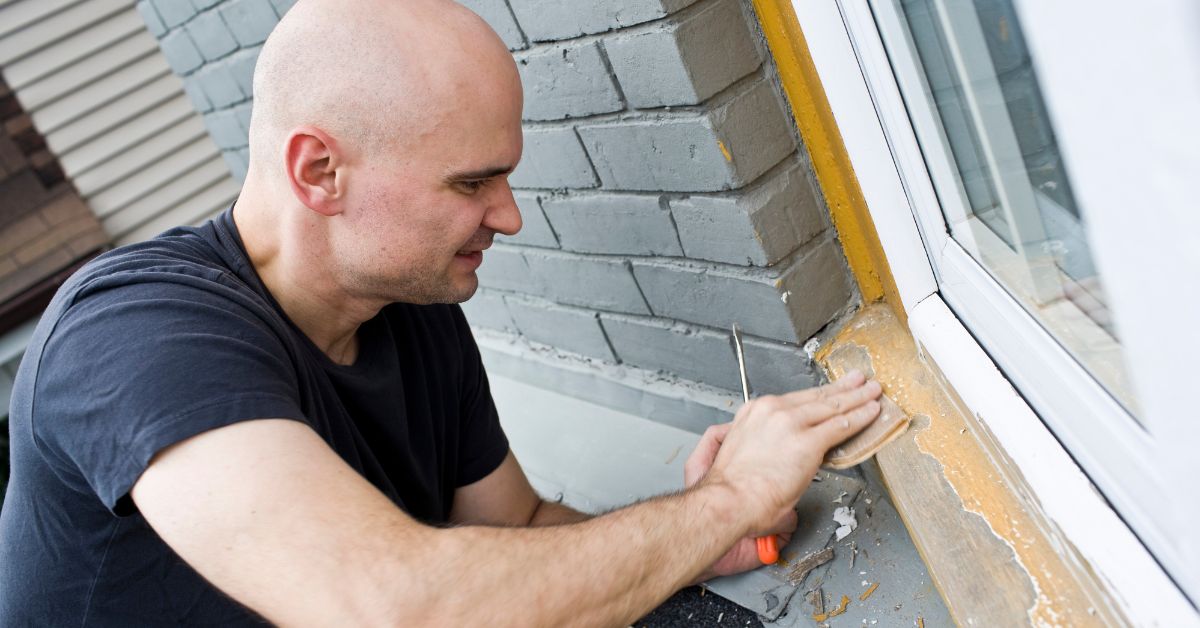
Having equipped yourself with knowledge of potential VA appraisal issues, here’s how to tackle them successfully:
- Address Low Appraisal: If the home’s appraised value is lower than the agreed purchase price, you can challenge the appraisal, renegotiate the price, or pay the difference out of pocket.
- Deal with Appraisal Delays: When faced with a slow appraisal process, maintain consistent communication with the lender. Remember– patience is crucial in these situations.
- Tackle Repair and Improvement Issues: For significant repairs or improvements necessary for the VA’s Minimum Property Requirements, negotiate with the seller to fix these issues before closing the deal.
- Resolve Health and Safety Issues: Should the VA appraiser flag health and safety issues, these must be remediated before finalizing the loan. Talk to the seller about resolving these problems, or consider finding a different property.
By understanding these strategies, you’ll be better positioned to handle potential issues, steering your home-buying journey toward a favorable outcome.
VA Appraisal Timeline: What Should You Expect
Typically, the VA appraisal timeline sprawls ten business days. However, timelines might vary based on factors such as the appraiser’s workload, the market, and even the time of year. Remember that a VA home appraisal is required to secure the loan and ensure your home is up to standard. Hence, being patient could have a massive payoff. The timeline starts on the first business day after your VA lender assigns the process to a VA-approved appraiser.
Securing a VA loan can seem daunting, but arming yourself with the right information can make the process much smoother. Using your home checklist, I am certain you are only a few well-planned moves away from achieving your dream of owning a home. Stay focused, keep searching, and never forget that every step you take gets you closer to your goal. Wishing you all the best in your house-hunting journey!
Frequently Asked Questions About VA Home Inspection Checklist
What is VA inspection?
A VA home inspection is a thorough review of a property’s physical condition, usually performed by a professional inspector, before a veteran or service member completes the purchase with a VA loan. The inspection covers various elements, from the home’s structure to its systems and appliances. It ensures no significant defects or safety issues could impact the home’s value or livability.
What would cause a house to fail a VA inspection?
Specific structural and safety problems can cause a house to fail a VA assessment. These issues could include a leaky roof, defective plumbing, faulty heating system, broken windows, lead-based paint, or pest and termite infestations. If a home fails to meet VA’s Minimum Property Requirements (MPRs), it will not pass the inspection.
How strict is VA inspection?
The VA inspection is generally thorough since it aims to safeguard the buyer and the lender by ensuring the home is safe, structurally sound, and of marketable value. It’s fair to say the VA inspection is not overly strict but focuses comprehensively on primary living conditions, such as sanitary systems, roof conditions, the functionality of heating and cooling systems, and health hazards like lead-based paint. This thoroughness helps prevent veterans and service members from investing in properties with significant defects or limitations.


